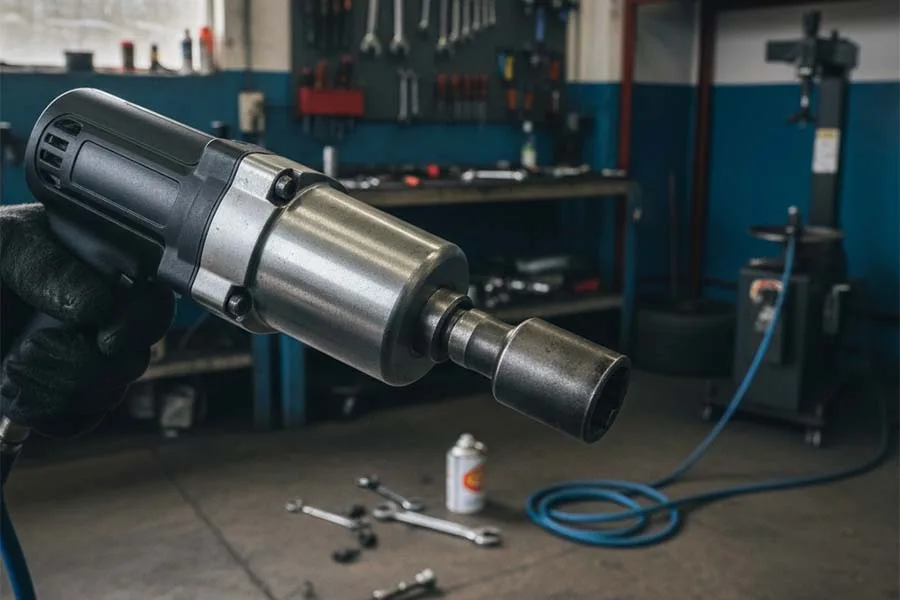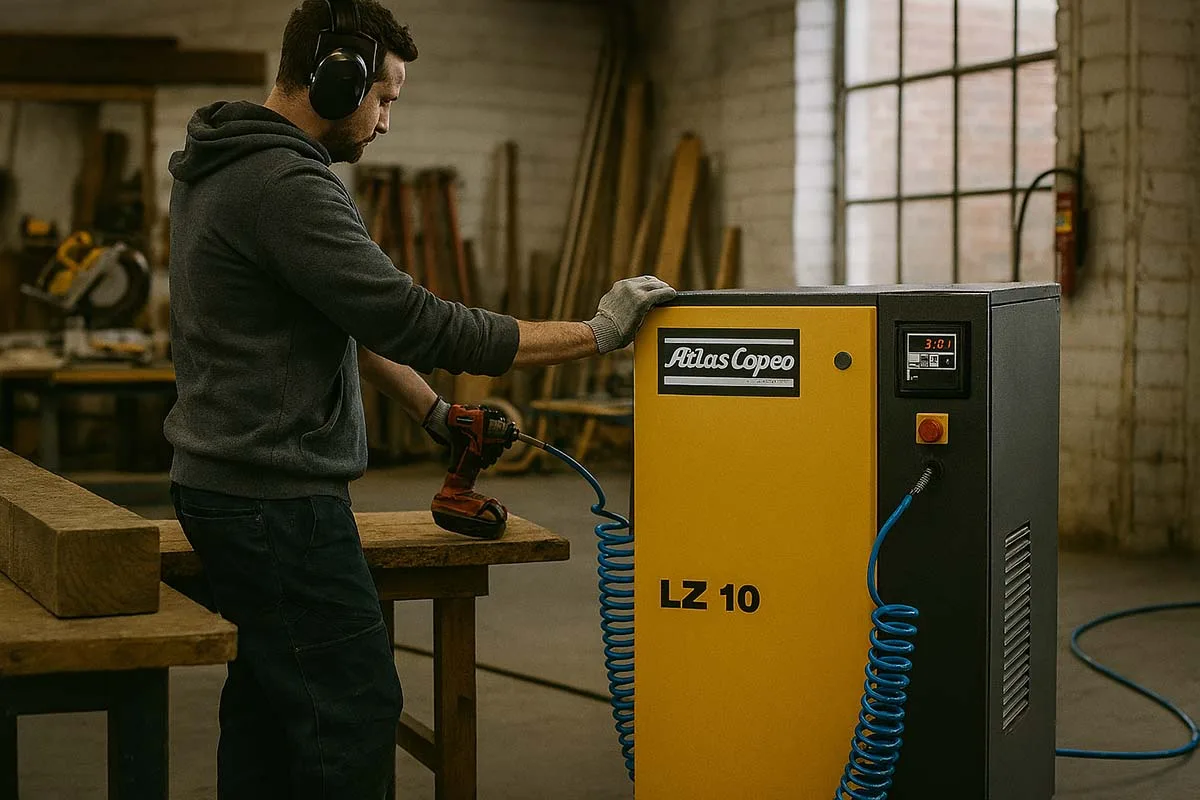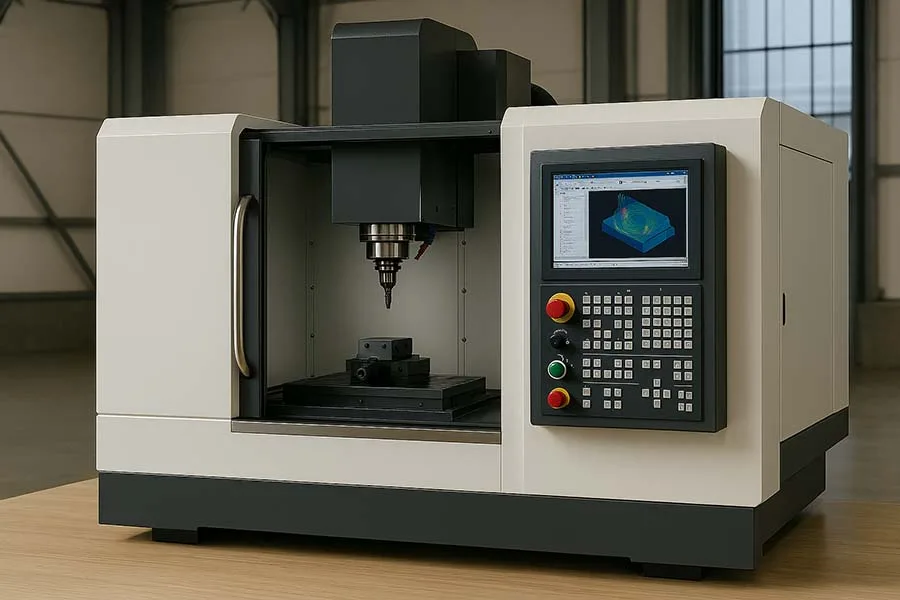Introduction: Why Choosing the Right Air Motor Matters
In industrial environments where safety, reliability, and performance are non-negotiable, air motors—also known as pneumatic motors—offer a spark-free, compact, and durable solution. Whether you’re powering a conveyor, mixer, or actuator, selecting the right type of air motor can dramatically impact efficiency, maintenance costs, and uptime.
Vane and piston motors are two of the most widely used types, each with distinct advantages. Understanding their differences and knowing what to look for ensures your investment delivers long-term value and operational excellence.
Key Factors to Consider Before Buying
Before choosing an air motor, evaluate these essential criteria:
- Torque & Speed Requirements: Match motor output to your task’s load and RPM needs.
- Size & Weight Constraints: Consider space limitations in machinery or production lines.
- Operating Environment: Account for temperature extremes, moisture, or ATEX zones.
- Material & Build Quality: Stainless steel or corrosion-resistant alloys for harsh conditions.
- Air Supply Compatibility: Ensure your system provides adequate pressure and flow.
- Control Options: Look for variable speed, direction, and precision control.
- Maintenance Needs: Choose motors with accessible service intervals and low downtime.
- Budget vs Lifecycle Cost: Balance upfront cost with long-term reliability and energy efficiency.
For maintenance-specific considerations, see the external guide on air motors for industrial maintenance.
Features & Specifications Explained
Understanding the technical specs helps you compare models confidently:
| Feature | Vane Motors | Piston Motors |
|---|---|---|
| Design | Rotating vanes in a slotted rotor | Reciprocating pistons driving a crankshaft |
| Torque | Moderate, increases with load | High starting torque at low speeds |
| Speed Range | High RPM, adjustable via airflow | Lower RPM, precise control |
| Durability | Lightweight, simple | Rugged, built for heavy-duty |
| Noise Level | Moderate to high | Lower, but may vibrate |
| Lubrication | Requires regular oiling | Needs filtration and lubrication |
| Applications | Mixers, hand tools, pumps | Hoists, conveyors, presses |
For deeper insight into torque behavior across motor types, explore the breakdown on understanding torque values.
Common Mistakes to Avoid
Avoid these pitfalls when selecting your air motor:
- Ignoring Air Supply Specs: Mismatched pressure or flow leads to poor performance.
- Overlooking Maintenance Needs: Some motors require frequent lubrication or skilled servicing.
- Choosing Based on Price Alone: Low-cost motors may cost more in downtime and repairs.
- Underestimating Environmental Hazards: Not all motors are suitable for corrosive or explosive zones.
- Skipping Torque Calculations: Inadequate torque can stall operations or damage equipment.
Recommended Top Picks
Here are versatile options across brands and use cases:
- Atlas Copco LZB Vane Motors – Compact, reliable, ideal for tools and mixers.
- Gast AM Series Piston Motors – High torque, great for conveyors and winches.
- Deprag Advanced Line Motors – Stainless steel, ATEX-rated for hazardous zones.
- Ingersoll Rand Radial Piston Motors – Built for heavy-duty, continuous operations.
- Globe Air Motors – Customizable, with options for gear reduction and control valves.
Air Motors Buying Guide FAQ
Interesting Fact
Air motors can be stalled indefinitely without overheating—making them ideal for stop-start operations and overload conditions.
Lesser-Known Fact
Torque in air motors increases as speed decreases under load, offering natural compensation in variable conditions.
Conclusion: Buy with Confidence
Choosing the right air motor isn’t just about specs—it’s about matching power to purpose. Whether you need the speed of a vane motor or the torque of a piston motor, understanding your application and environment is key.
Explore more insights and contributor-tested recommendations at Industrial Tools Hub, dive deeper into torque dynamics here, and consult Atlas Copco’s Pocket Guide for technical specs and charts.
Further Read
Have experience with air motors? Share your tips in the comments.
Found this guide helpful? Share it with your network and help others make smarter buying decisions.





